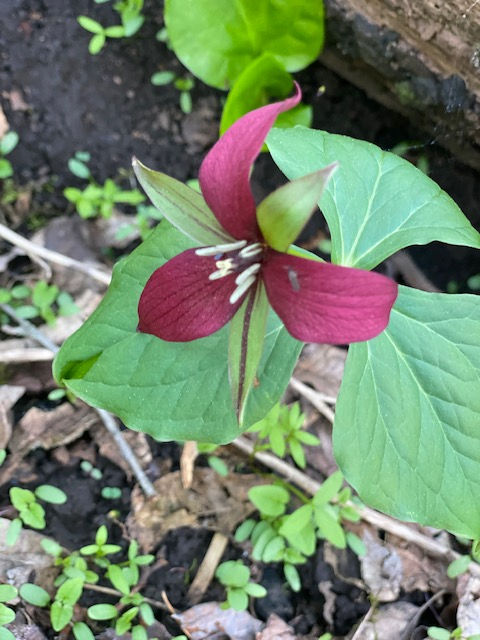- Karen Purcell
- Sep 24, 2022
- 1 min read
Do you have a wet spot in your yard you just don’t know what to to do with? Over the year you’ve tried all kinds of things with no success. It’s not always wet- sometimes during the summer the area is dry and during those times you've tried planting lots of things in that spot: flowering perennials, bushes, even a tree - but, sadly, your plants always die as they sit with wet feet!
You've found a. perfect spot for a wonderful deciduous shrub filled with colorful red (or or yellow) berries in the fall that last all winter long. It's the striking and bird loving Winterberry! It’s so cheerful and adds color and texture to your yard during the long winter months.!
But the best thing about it is that in late winter when you least expect it you’ll begin to see the birds eat the berries! Robins and catbirds, cardinals and mockingbirds and you might even see an occasional overwintering bluebird nibbling on one. And then of course you’ll get a sweet flock of cedar waxwings that will make your day!

To get a gorgeous crop of berries you'll need to plant a male and female plant close to each other, but both bring interest, The leaves are a wonderful shade of green that contrast with the red berries!
And now, during the fall, is the time the time to plant this sweet addition to your yard!






